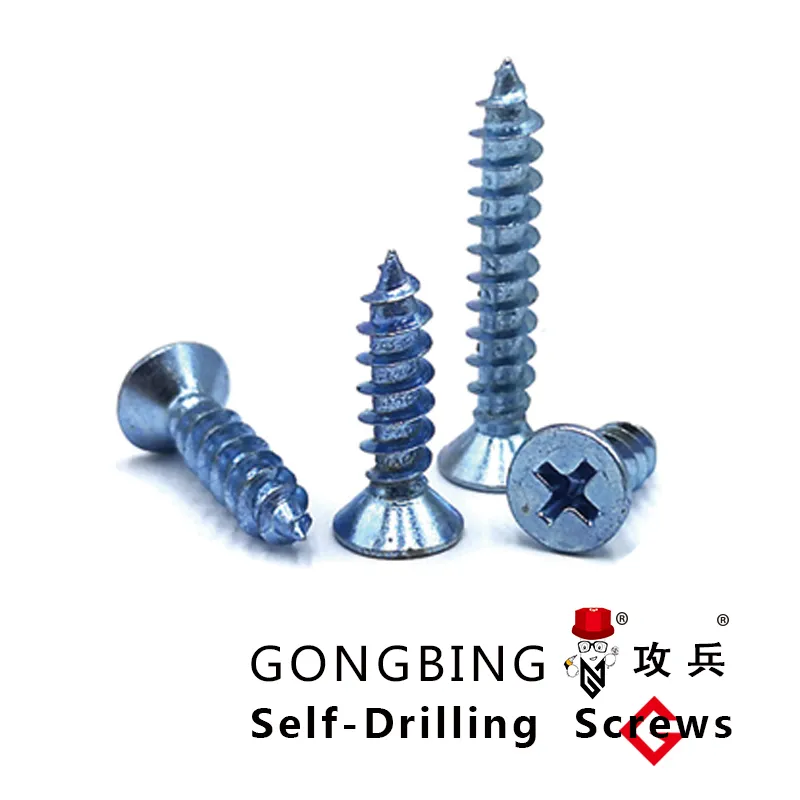Head Styles: Exploring Types of Self Drilling Screws
Self-drilling screws are a revolutionary fastening solution designed to simplify construction, metalworking, and roofing projects. Unlike traditional screws, they eliminate the need for pre-drilling by combining drilling and fastening into one step. This efficiency makes them indispensable in industries where time, precision, and durability matter. Among the many variations available, types of self drilling screws like TEKS self drilling roofing screws and stainless steel self drilling metal screws stand out for their specialized applications. Let’s dive into their unique features, benefits, and how to choose the right one for your project.

Types of Self Drilling Screws: A Comprehensive Guide
The versatility of types of self drilling screws lies in their design variations, which cater to different materials and environments. Here’s a breakdown of the most common categories:
Hex Washer Head Screws: Recognizable by their hexagonal head and built-in washer, these screws provide a secure grip for metal-to-metal applications. They’re ideal for HVAC systems, automotive repairs, and sheet metal installations.
Pan Head Screws: With a rounded top and flat bearing surface, pan head screws sit flush against materials like wood or plastic. They’re often used in electrical enclosures or lightweight framing.
TEKS Screws: A subcategory of self-drilling screws, TEKS self drilling roofing screws feature a sharp drill point and washer-sealed head. They’re engineered for roofing projects, offering weather resistance and structural integrity.
Stainless Steel Variants: Stainless steel self drilling metal screws are corrosion-resistant champions, perfect for outdoor or marine environments. Their alloy composition ensures longevity even in harsh conditions.
Each type is distinguished by its head style, thread pattern, and material compatibility. Choosing the right one depends on factors like load-bearing requirements, environmental exposure, and substrate material.
TEKS Self Drilling Roofing Screws: Durability Meets Precision
When it comes to roofing, TEKS self drilling roofing screws are the gold standard. Their name derives from their “thread-forming” design (TEK is a brand-neutral term), which allows them to pierce metal sheets, wood, or composite materials without splitting or cracking. Key features include:
Integrated Washer: A neoprene or EPDM rubber washer creates a watertight seal, preventing leaks in roofing installations.
Sharp Drill Point: The self-piercing tip eliminates pilot holes, speeding up installation while reducing labor costs.
Corrosion-Resistant Coating: Many TEKS screws are galvanized or coated to withstand rain, UV exposure, and temperature fluctuations.
These screws are commonly used in metal roofing, solar panel installations, and gutter systems. Their ability to maintain structural integrity under heavy wind loads makes them a favorite among contractors. For projects requiring both speed and reliability, TEKS self drilling roofing screws deliver unmatched performance.
Stainless Steel Self Drilling Metal Screws: Corrosion Resistance Redefined
In environments where moisture, chemicals, or saltwater are present, stainless steel self drilling metal screws are the go-to choice. Made from grades like 304 or 316 stainless steel, these screws offer:
Rustproof Properties: The chromium-nickel alloy forms a passive oxide layer, protecting against oxidation and staining.
High Tensile Strength: They withstand heavy loads without bending or shearing, making them suitable for structural steelwork.
Temperature Resilience: From freezing winters to scorching summers, stainless steel retains its integrity.
Applications include marine equipment, outdoor signage, and food processing facilities. Unlike coated carbon steel screws, stainless steel self drilling metal screws don’t require additional plating, reducing long-term maintenance costs.
FAQs About Types of Self Drilling Screws
What Are the Advantages of Using TEKS Self Drilling Roofing Screws?
TEKS self drilling roofing screws save time by combining drilling and fastening. Their sealed washer prevents leaks, and their corrosion-resistant coating ensures longevity in outdoor settings. They’re ideal for metal roofs and solar installations.
Why Choose Stainless Steel Self Drilling Metal Screws for Outdoor Projects?
Stainless steel self drilling metal screws resist rust and chemical damage, making them perfect for coastal areas, gardens, or industrial sites. Their durability reduces replacement costs over time.
How Do I Select the Right Type of Self Drilling Screw for My Project?
Consider the material you’re fastening (metal, wood, etc.), environmental conditions (humidity, temperature), and load requirements. For roofing, opt for TEKS self drilling roofing screws; for corrosive environments, choose stainless steel self drilling metal screws.
Can TEKS Self Drilling Roofing Screws Be Used on Other Materials Besides Metal?
Yes! While designed for metal roofing, they can also fasten wood, composite materials, or plastic—provided the screw length and diameter match the substrate thickness.
Are Stainless Steel Self Drilling Metal Screws More Expensive Than Regular Screws?
Initially, yes, but their long lifespan and low maintenance offset the cost. They’re a cost-effective investment for projects exposed to moisture or harsh weather.
Whether you’re securing a metal roof or building a seaside structure, understanding types of self drilling screws empowers you to make informed decisions. From TEKS self drilling roofing screws to stainless steel self drilling metal screws, each variant offers unique benefits tailored to specific challenges. By prioritizing quality and compatibility, you’ll ensure your projects stand the test of time.
-
Weatherproof Plastic Expansion Anchors for OutdoorसमाचारJun.06,2025
-
Sustainability in the Supply Chain: Eco-Friendly TEK Screws ProductionसमाचारJun.06,2025
-
Load-Bearing Capacity of External Insulation FixingsसमाचारJun.06,2025
-
Double Head Bolts: Enhancing Efficiency in Industrial MachineryसमाचारJun.06,2025
-
Corrosion Resistance in Chipboard Screws: Coatings for Wholesale DurabilityसमाचारJun.06,2025
-
Butterfly Toggle Bolts : Enhancing Structural ResilienceसमाचारJun.06,2025
